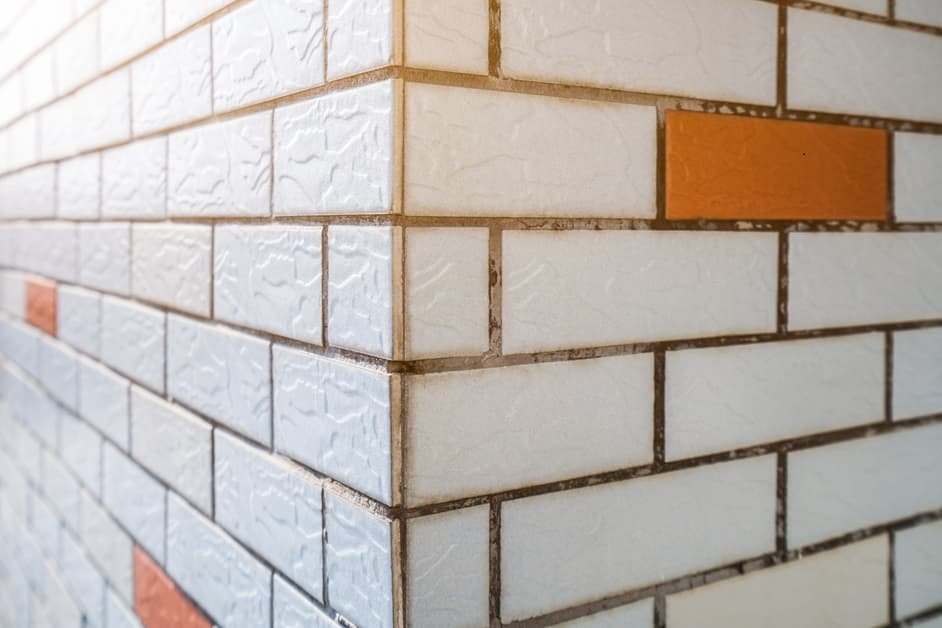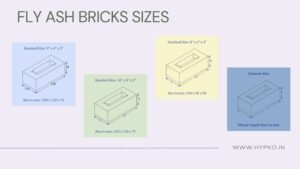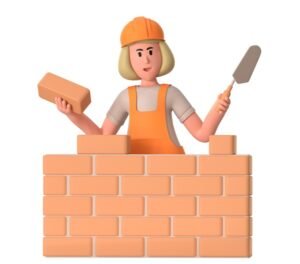Table of Contents
Introduction
When it comes to modern construction, one of the most innovative materials to emerge in recent years is Autoclaved Aerated Concrete (AAC) blocks. These blocks have gained popularity for their lightweight nature, energy efficiency, and sustainability. But what exactly are AAC blocks, and why are they becoming a preferred choice for builders and architects worldwide? In this article, we’ll delve into the world of AAC blocks, exploring their types, advantages, and disadvantages to provide a comprehensive understanding of their role in the construction industry.

What are AAC Blocks?
AAC blocks, or Autoclaved Aerated Concrete blocks, are precast building materials made from a mixture of fine aggregates, cement, lime, water, and an expansion agent. This mixture undergoes a high-pressure steam curing process, known as autoclaving, which imparts the material with its distinctive properties.
History of AAC Blocks
The history of AAC blocks dates back to the early 20th century in Sweden. Invented by Dr. Johan Axel Eriksson, the material was developed as an alternative to traditional building materials, offering better insulation and fire resistance. Since then, AAC blocks have been adopted in various parts of the world, particularly in Europe and Asia, for both residential and commercial construction.
Types of AAC Blocks
AAC blocks can be classified based on their density and intended use. Here are the main types:
Standard Blocks
These are the most commonly used AAC blocks and are ideal for general construction purposes. They offer excellent thermal and acoustic insulation properties.
Load-bearing Blocks
These blocks are designed to support structural loads and are used in load-bearing walls. They have a higher density compared to non-load-bearing blocks.
Non-load-bearing Blocks
As the name suggests, these blocks are used in non-load-bearing walls, providing excellent insulation without bearing structural loads.
Advantages of AAC Blocks
Lightweight
One of the most significant advantages of AAC blocks is their lightweight nature. Compared to traditional clay bricks, AAC blocks are about one-third lighter. This reduces the overall dead weight of the building, leading to savings in structural steel and concrete.
The lightweight nature of AAC blocks simplifies construction and transportation. Builders can handle these blocks more easily, speeding up the construction process and reducing labor costs. Transportation costs are also lower due to the reduced weight, making AAC blocks a cost-effective choice for large-scale projects.
Energy Efficiency
AAC blocks are renowned for their superior thermal insulation properties. They help maintain a consistent indoor temperature, reducing the need for heating and cooling systems and leading to significant energy savings over time.
AAC blocks’ thermal insulation properties are one of their standout features. They have a low thermal conductivity, which means they can keep buildings warm in winter and cool in summer. This energy efficiency translates to lower utility bills and a reduced carbon footprint.
Fire Resistance
AAC blocks offer exceptional fire resistance, withstanding temperatures up to 1600°C. This makes them an ideal choice for buildings where fire safety is a priority. In case studies, AAC blocks have demonstrated their ability to contain fire, preventing it from spreading quickly.
With a high fire rating, AAC blocks are capable of withstanding extreme temperatures without losing their structural integrity. This quality is crucial for ensuring the safety of occupants and protecting property. Buildings constructed with AAC blocks are better equipped to handle fire emergencies.
Acoustic Insulation
The porous structure of AAC blocks provides excellent sound absorption qualities, making them suitable for buildings in noisy areas or those requiring soundproofing, such as schools, hospitals, and residential complexes.
Noise pollution is a growing concern in urban areas. AAC blocks’ ability to absorb sound makes them an excellent choice for constructing buildings where noise reduction is essential. Their acoustic properties help create a peaceful and quiet indoor environment, enhancing the quality of life for occupants.
Environmental Benefits
AAC blocks are an eco-friendly building material. Their production process involves less energy compared to traditional bricks, and they generate minimal waste. Additionally, AAC blocks can be recycled, contributing to a circular economy.
From a sustainability perspective, AAC blocks are a superior choice. The materials used in AAC block production are abundant and non-toxic. The manufacturing process consumes less energy and emits fewer greenhouse gases compared to traditional brick making. Furthermore, the use of AAC blocks can contribute to LEED certification and other green building standards.
Disadvantages of AAC Blocks
Despite their many advantages, AAC blocks are not without their drawbacks. Here are some of the challenges associated with using AAC blocks:
Initial Cost
AAC blocks can be more expensive upfront compared to traditional bricks. The higher initial cost can be a barrier for some builders, particularly for small-scale projects or in regions where AAC blocks are not widely available.
While the initial cost of AAC blocks may be higher, it’s important to consider the long-term savings they offer. Their energy efficiency, durability, and reduced maintenance costs can offset the higher upfront investment, making them a cost-effective choice over the lifespan of the building.
Installation Challenges
Working with AAC blocks requires specialized skills and tools. Builders may need additional training to handle these blocks properly. The installation process can be more complex compared to traditional materials, potentially leading to higher labor costs.
The need for specialized labor and equipment can add to the overall cost of using AAC blocks. However, with proper training and experience, these challenges can be mitigated. Many builders find that the benefits of AAC blocks outweigh the initial difficulties in installation.
Moisture Sensitivity
AAC blocks are susceptible to moisture absorption, which can affect their durability and strength. Proper waterproofing and sealing are essential to prevent moisture-related issues, such as mold growth and structural weakening.
Moisture sensitivity is a significant concern with AAC blocks. To address this issue, builders must implement effective waterproofing measures. This includes using high-quality sealants and ensuring proper drainage systems to prevent water from penetrating the blocks.
Limited Availability
In some regions, AAC blocks are not as readily available as traditional building materials. This limited availability can pose challenges in sourcing the blocks for construction projects, potentially leading to delays and increased costs.
The limited availability of AAC blocks in some regions can be a hurdle. However, as awareness of their benefits grows, more manufacturers are beginning to produce and distribute AAC blocks, increasing their accessibility. Additionally, efforts are being made to promote the use of AAC blocks in construction through incentives and regulatory support.
Conclusion
AAC blocks offer a range of benefits that make them an attractive option for modern construction. Their lightweight, energy-efficient, fire-resistant, and environmentally friendly properties are significant advantages. However, potential drawbacks, such as higher initial costs, installation challenges, moisture sensitivity, and limited availability, must be carefully considered. As the construction industry continues to evolve, AAC blocks are likely to play an increasingly important role in building sustainable, resilient, and energy-efficient structures.
Frequently Asked Questions (FAQs)
What are AAC blocks made of?
AAC blocks are made from a mixture of fine aggregates, cement, lime, water, and an expansion agent. This mixture is autoclaved to create lightweight, porous blocks with excellent insulation properties.
How do AAC blocks improve energy efficiency?
AAC blocks have low thermal conductivity, which helps maintain consistent indoor temperatures. This reduces the need for heating and cooling, leading to significant energy savings.
Are AAC blocks suitable for all types of buildings?
Yes, AAC blocks are versatile and can be used for a variety of building types, including residential, commercial, and industrial structures. They are particularly beneficial in projects where energy efficiency and fire resistance are priorities.
What precautions should be taken when installing AAC blocks?
Proper waterproofing and sealing are essential to prevent moisture absorption. Additionally, builders should use specialized tools and follow best practices to ensure the blocks are installed correctly.
How do AAC blocks contribute to sustainability?
AAC blocks are made from abundant, non-toxic materials and have a lower environmental impact during production compared to traditional bricks. They also offer long-term energy savings and can be recycled, supporting sustainable building practices.




Thanks for sharing this insightful post! I agree with the points made about AAC blocks.